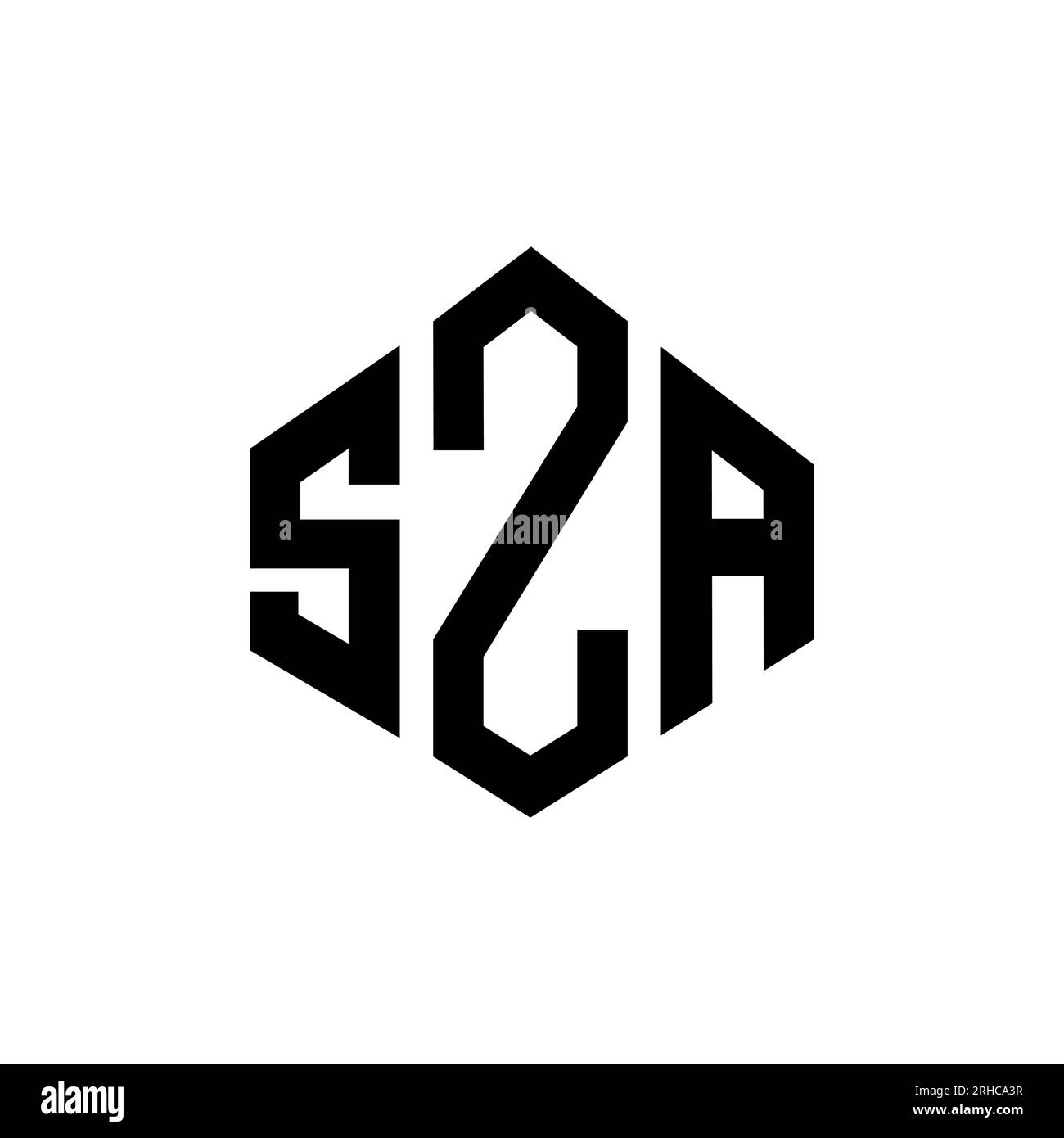Let’s talk about something that’s been buzzing around the internet lately—SZA porn. If you’ve stumbled upon this term while scrolling through your feed or doing some late-night Googling, you’re not alone. But here’s the thing: what’s real, and what’s just a clickbait trap? In this article, we’ll dive deep into the world of misinformation, online scams, and the importance of respecting personal boundaries, especially when it comes to celebrities like SZA.
This isn’t just about one person; it’s about understanding how the internet works, why fake content spreads so easily, and how we can all do our part to keep the web a safer place. So, buckle up because we’re about to break it down in a way that’ll make you think twice before clicking on that next viral link.
Before we get into the nitty-gritty, let’s address the elephant in the room. There’s no such thing as “SZA porn” that’s actually real. What you’re seeing online is likely either deepfake technology, stolen content, or just plain old misinformation designed to trick you into clicking. And honestly, that’s not cool. Let’s explore why this matters and how we can all be more responsible digital citizens.
- Kendall Beck The Rise Of A Digital Age Celebrity
- Malayalam Actresses Redefining Boldness And Sensuality In Indian Cinema
Who Is SZA? A Quick Bio Before We Dive In
Before we jump into the controversial stuff, let’s take a moment to appreciate who SZA really is. Solana Rowe, better known by her stage name SZA, is an American singer, songwriter, and one of the most influential voices in contemporary R&B. She’s known for her soulful voice, introspective lyrics, and her ability to blend genres seamlessly. Her debut album, "Ctrl," was a game-changer, earning her five Grammy nominations and cementing her status as a cultural icon.
SZA’s Rise to Fame: From Indie Roots to Global Stardom
SZA’s journey to fame wasn’t overnight. She started her career as an indie artist, releasing mixtapes and building a loyal fanbase before signing with Top Dawg Entertainment. Her breakthrough came with the release of "Ctrl," which featured hits like "Love Galore" and "The Weekend." Since then, she’s collaborated with some of the biggest names in music, including Travis Scott, Kendrick Lamar, and Post Malone.
Here’s a Quick Look at SZA’s Bio
| Full Name | Solana Imani Rowe |
|---|---|
| Birthdate | November 8, 1990 |
| Place of Birth | Jacksonville, Florida, USA |
| Occupation | Singer, Songwriter |
| Genre | R&B, Neo-Soul, Pop |
| Label | Top Dawg Entertainment |
Now that we’ve got the basics covered, let’s talk about why her name keeps popping up in strange places online.
- Unveiling Jackerman Mothers Warmth Chapter 3 A Journey Of Anticipation And Emotional Depth
- Rowoons Military Service A Stars Transition From Kpop Stardom To National Duty
Understanding the Term: What Is SZA Porn?
Here’s the deal: “SZA porn” is a term that’s been floating around the internet, often used to describe fake or fabricated content involving the singer. But here’s the kicker—it’s not real. Most of what you’ll find online falls into one of two categories: deepfake videos or stolen content from other sources. And let’s be clear—neither of these things are okay.
Deepfake technology has made it easier than ever to create convincing but fake videos of people doing things they’ve never actually done. This technology is being misused to create harmful content, often without the consent of the individuals involved. It’s a slippery slope, and one that we all need to be aware of.
Why Does This Matter?
Here’s the thing: the internet can be a double-edged sword. On one hand, it’s a powerful tool for sharing information and connecting people. On the other hand, it’s also a breeding ground for misinformation and exploitation. When we click on links or share content without verifying its authenticity, we’re contributing to the problem.
For celebrities like SZA, this kind of misinformation can have serious consequences. It can damage their reputation, invade their privacy, and even put their safety at risk. And let’s not forget—their fans are often the ones who end up feeling betrayed or misled when they realize they’ve been scammed.
The Impact of Misinformation on Celebrities
Misinformation isn’t just a harmless prank; it can have real-world consequences, especially for public figures. Celebrities like SZA are constantly in the spotlight, and with that comes a lot of scrutiny. When false information spreads online, it can be difficult to contain and even harder to correct.
For example, imagine someone creates a fake video of SZA and shares it on social media. Before you know it, thousands of people have seen it, shared it, and commented on it. Even if the original creator deletes the video, the damage is already done. The content has been shared far and wide, and it’s almost impossible to track down every single copy.
How Misinformation Affects Fans
It’s not just celebrities who are affected by misinformation; their fans are often caught in the crossfire. When fans see fake content online, they might feel betrayed or misled, especially if they’ve invested time and money into supporting their favorite artist. This can lead to a loss of trust, which is something no one wants.
So, what can we do about it? The first step is education. We need to teach people how to spot fake content and how to verify information before sharing it. This isn’t just about protecting celebrities—it’s about creating a safer, more trustworthy internet for everyone.
Deepfakes: The Dark Side of Technology
Deepfake technology has been making headlines for all the wrong reasons. While it has some legitimate uses, such as in filmmaking and special effects, it’s also being misused to create harmful content. Deepfakes are essentially AI-generated videos that manipulate existing footage to make it look like someone is saying or doing something they never actually did.
When it comes to celebrities, deepfakes can be particularly damaging. They can be used to create fake interviews, speeches, or even intimate videos. And because the technology is so advanced, it can be difficult for the average person to tell what’s real and what’s not.
How to Spot a Deepfake
Here are a few things to look out for when trying to identify a deepfake:
- Unnatural movements: Does the person in the video move in a way that seems off or robotic?
- Inconsistent lighting: Are there strange shadows or lighting effects that don’t match the rest of the scene?
- Blurred edges: Are there any blurry or pixelated areas around the person’s face or body?
- Audio sync issues: Does the audio match the video, or does it seem slightly out of sync?
Of course, these are just a few red flags. The best way to avoid falling for a deepfake is to verify the source of the content before sharing it.
Respecting Privacy: Why It Matters
At the end of the day, it’s all about respect. Celebrities are human beings too, and they deserve the same privacy and dignity as anyone else. When we share or consume content that invades someone’s privacy, we’re contributing to a culture of exploitation and disrespect.
Think about it this way: would you want someone sharing intimate photos or videos of you without your consent? Probably not. So why should we expect celebrities to put up with it? It’s time to hold ourselves accountable and start treating others with the respect they deserve.
What Can We Do?
Here are a few simple steps we can all take to make the internet a safer place:
- Verify sources: Always check the source of the content before sharing it.
- Report fake content: If you come across something that seems suspicious, report it to the platform where it’s being shared.
- Spread awareness: Educate others about the dangers of misinformation and the importance of respecting privacy.
It might seem like a small thing, but these actions can make a big difference in the fight against misinformation.
Legal Implications of Fake Content
Here’s the legal side of things: creating or sharing fake content without consent can have serious consequences. In many countries, it’s illegal to create or distribute non-consensual intimate images or videos. This includes deepfakes and other forms of manipulated content.
For example, in the United States, several states have passed laws specifically targeting deepfake pornography. These laws make it illegal to create or distribute deepfake content that depicts someone in a sexual or intimate context without their consent. Violators can face hefty fines and even jail time.
What Happens When You Get Caught?
If you’re caught creating or sharing fake content, you could face a range of penalties, depending on the severity of the offense. This could include:
- Criminal charges
- Civil lawsuits
- Reputational damage
And let’s not forget—the person whose privacy was invaded could also take legal action. So, it’s not just about avoiding trouble with the law; it’s about doing the right thing.
How the Media Handles Controversial Content
The media plays a big role in shaping public perception, especially when it comes to controversial topics like “SZA porn.” Unfortunately, some outlets prioritize clicks over accuracy, leading to the spread of misinformation. This can make it difficult for the average person to separate fact from fiction.
That’s why it’s important to be critical consumers of media. When you see a headline that seems too good—or too scandalous—to be true, take a step back and do some research. Check multiple sources, look for credible information, and don’t be afraid to question what you’re reading.
What Makes a Source Credible?
Here are a few things to look for when evaluating the credibility of a source:
- Author expertise: Does the author have experience or knowledge in the subject matter?
- Reputation: Is the publication known for producing accurate and unbiased content?
- Transparency: Does the source provide clear information about where the content came from?
By using these criteria, you can better assess the reliability of the information you’re consuming.
Conclusion: Let’s Be Better Digital Citizens
In conclusion, the term “SZA porn” is a prime example of how misinformation can spread online. While it might seem harmless at first glance, the implications are anything but. By educating ourselves and holding each other accountable, we can create a safer, more respectful digital environment.
So, the next time you see something suspicious online, take a moment to verify it before sharing. And if you come across fake content, report it and spread awareness. Together, we can make a difference.
Thanks for reading, and don’t forget to leave a comment or share this article if you found it helpful. Let’s keep the conversation going!
Table of Contents
- Thomas Beaudoin Beyond The Screen Ndash Unveiling The Actors Journey Amidst Challenges
- Suebelle Robbins The Palm Beach Icon Redefining Style And Influence


